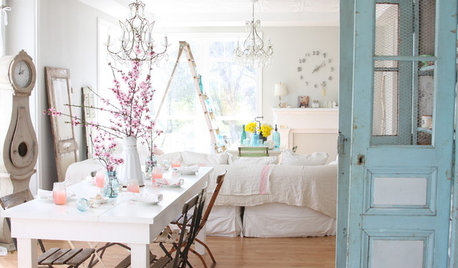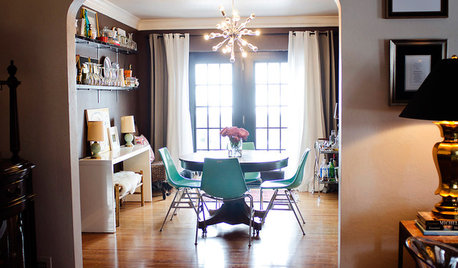total idiot has an insane rush of blood to head
User
11 years ago
Related Stories

COLORS OF THE YEARPantone Has Spoken: Rosy and Serene Are In for 2016
For the first time, the company chooses two hues as co-colors of the year
Full Story
ACCESSORIESEveryday Home Must-Haves Beg for a Makeover
The Nest's much-improved take on the thermostat has us pondering reinventions of other necessities around the house
Full Story
FUN HOUZZ31 True Tales of Remodeling Gone Wild
Drugs, sex, excess — the home design industry is rife with stories that will blow your mind, or at least leave you scratching your head
Full Story
HOME TECHWhy Google Just Paid $3.2 Billion for a Company That Makes Thermostats
Smart home technology just got a new champion — and everyone is speculating about the reasons
Full Story
LIFE21 Things Only People Living With Kids Will Understand
Strange smells, crowded beds, ruined furniture — here’s what cohabiting with little monsters really feels like
Full Story
PETSSo You're Thinking About Getting a Dog
Prepare yourself for the realities of training, cost and the impact that lovable pooch might have on your house
Full Story
LIFESo You're Moving In Together: 3 Things to Do First
Before you pick a new place with your honey, plan and prepare to make the experience sweet
Full Story
KITCHEN DESIGNA Cook’s 6 Tips for Buying Kitchen Appliances
An avid home chef answers tricky questions about choosing the right oven, stovetop, vent hood and more
Full Story
LIFESlow Living 101: Tips for Turning Off the Chaos
It may feel as though you're too busy to slow down and enjoy life. But even little changes can have a big effect
Full Story
KITCHEN DESIGNSimple Pleasures: Wake Up and Smell the Coffee
Slugging down any old sludge while pulling on socks is no way to start the day. Learn to brew amazing java and savor the experience here
Full Story






greenthumbzdude
terrestrial_man
Related Professionals
Manorville Landscape Architects & Landscape Designers · Salisbury Landscape Architects & Landscape Designers · East Patchogue Landscape Architects & Landscape Designers · Surprise Landscape Contractors · Commack Landscape Contractors · Fountain Valley Landscape Contractors · Indianapolis Landscape Contractors · South Farmingdale Landscape Contractors · Twin Falls Landscape Contractors · Annapolis Fence Contractors · Coram Fence Contractors · Hoffman Estates Fence Contractors · Kendall Fence Contractors · Hermosa Beach Fence Contractors · Bethesda Siding & ExteriorsUserOriginal Author
flora_uk
UserOriginal Author
flora_uk
UserOriginal Author
flora_uk
Val2013